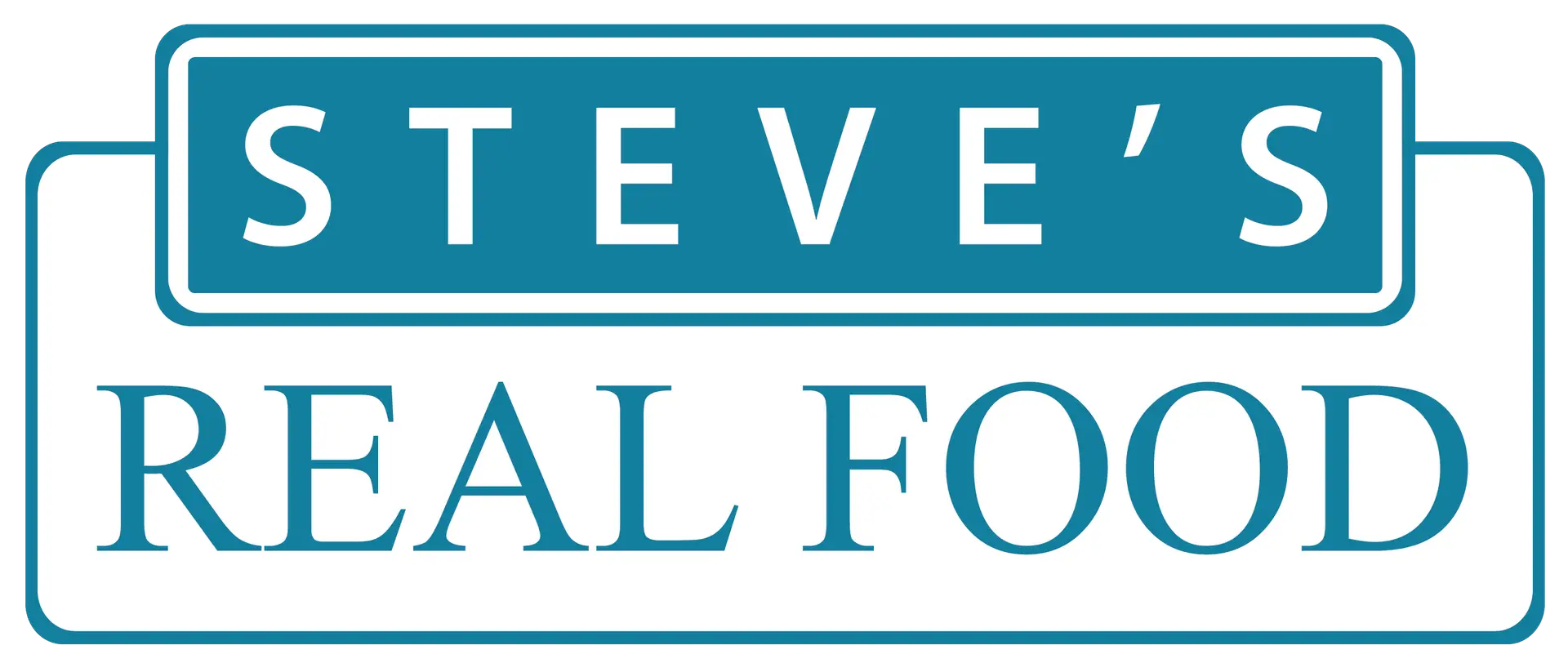CarnaForage Ingredients
Raw goat milk has 47% more Vitamin A, 25% more Vitamin B6, and 134% more potassium than its rival, cow’s milk. It is also packed with probiotics, enzymes, electrolytes, and other micronutrients that have many health-boosting properties. It soothes inflammation and relieves symptoms of IBD, Colitis, Pancreatitis and other digestive issues. Due to the lower levels of the Alpha-s1 casein which makes the curd much smaller, it’s a perfect daily supplement for dogs that are lactose intolerant. Unlike cow milk – which takes six hours to digest – goat milk can be fully digested in as little as 30 minutes.
Enhance – CannaGurt
Our product contains 3 ingredients: Raw Goat Milk, Hemp Protein, and Hemp Oil – the last of which contains the CBD.
The Hemp protein supplies an added burst of Omega fatty acids for heart health and anti-inflammatory benefits. Partner that with the goat milk yogurt, which contains over 50 nutrients, including vitamins A, C, B1, B12 and E, minerals, enzymes, citric acid, amino acids, fatty acids, and electrolytes, six probiotic strains, and the final ingredient, CBD, and you have a power food with endless healing possibilities.
Enhanced – DogNog
Whole, Raw Egg
Eggs are one of the most complete foods available and contain 8 Raw Eggessential amino acids. It also has Vitamin A, Riboflavin, Folate, Vitamin B12, Iron, Selenium, biotin, and Fatty Acids. The high levels of Vitamin D help calcium from the egg shell absorb better into the body. It is a common misconception that you should not give your pets raw eggs because the egg whites contain a biotin inhibitor, but since the egg yolks are high in biotin, this is not an issue as long as you feed the yoke in addition to the white.
New Enhance Product Line from Steve’s Real Food
CannaGurt starts with freeze-dried goat milk yogurt. The added hemp oil addresses some issues including seizures, anxiety and inflammation.
How to Spread the Word
It can be easy to forget that not everyone knows as much as you might about the philosophy and science of raw food for pets, because it is the type of thing that seems so obvious you feel like you have always known it. Just over a year ago I was interviewing with Steve’s Real Food, and hearing about raw food and its health benefits for the first time. My dog was on a kibble, and one of the main draws of the company was that I could bring my dog to work; I loved the idea because I thought Baxter was getting on in years and I wanted to be with him in his old age.
Retailer Success Story
Our retailers are on the front line of spreading the message of Raw, and we appreciate their efforts so much! Their stories give a face to our product, and it helps us keep us motivated to bring good health to more pets. Check out this story shared by Kaitlin Freerks, from Bark!
My Experience with the New Freeze-Dry Diets
When I was a kid, I remember forcefully when the Space Program came to my school and talked about what it was like to be an astronaut. Mostly I remember this because my awesome big brother, who was in 6th grade when I was in Kindergarten, was picked to participate, and they gave him a bag of freeze-dry ice cream to take home.
Janis’ Story

Here is a letter that came to us from Eagle, Wisconsin. Not only is diet important for maintaining health, but as Janis’s letter shows, diet can be a valuable tool for overcoming disease and illness. “I just wanted to take this opportunity to tell you what a tremendous difference your dog food has made for […]
Nutrition’s Role in Senior Pets, Cognitive Dysfunction, and Longevity
Most people can expect around a dozen years with their companion, as the average age at death is around 12.5. Smaller dogs generally have longer lives than their larger cousins, with some giant breeds rarely making it to double digits. Still, the record books have dogs living twice as long. One of the oldest living dogs is a 27-year-old Australian Cattle Dog, a bull terrier mix named “Jerry” who lived with his family in the Australian outback. When his family was asked what they believe contributed to his longevity, they replied “his raw diet of outback wildlife”.
The 4 types of Veterinarians
Like human medicine, there are numerous specialty fields in Veterinary medicine, such as Nutrition, Internal Medicine, Dermatology, Cardiology, Oncology, Ophthalmology, etc. These veterinarians complete their four years of veterinarian school, followed by a four-year residency program. They then face a grueling two-day board exam. This elite group of specialists will have an extra letter after their DVM degree that is associated with their specialty field. They are usually part of the AVMA or the AHVMA, along with their specialty association.

